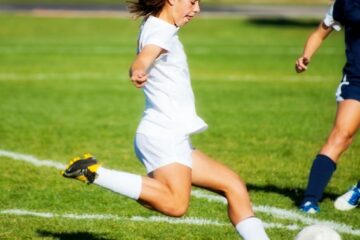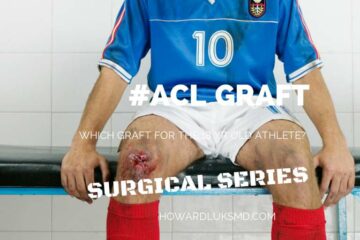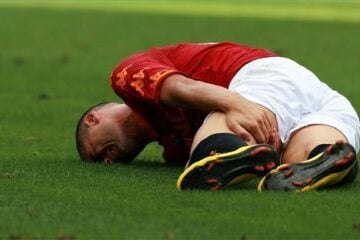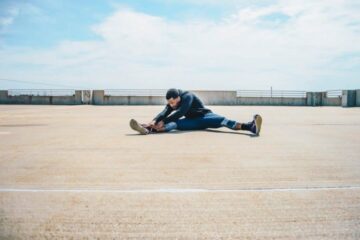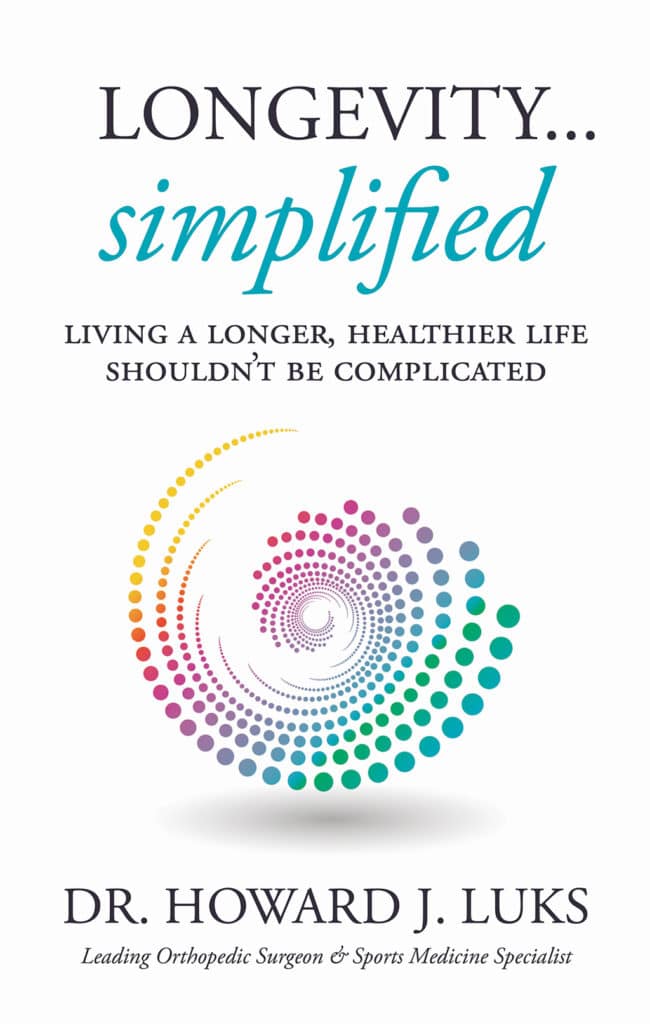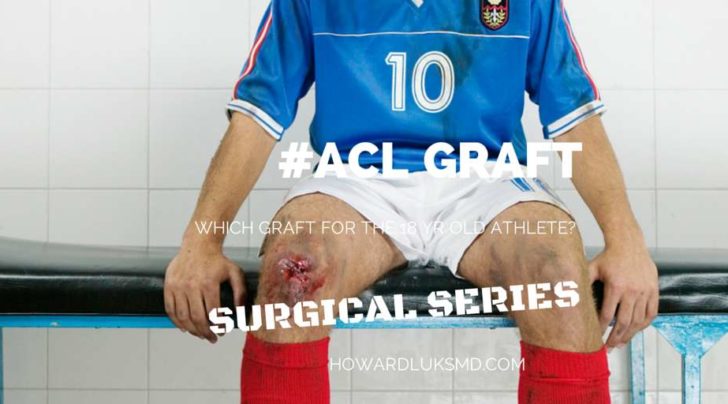
Athletes with a torn ACL in their knee often complain of instability and giving way. An ACL reconstruction should restore stability of the knee and enable an athlete to return to sports. Many athletes choose to proceed with ACL surgery with the goal of returning to sports. In order to reconstruct your new ACL, your surgeon will need a graft. The graft will be used to replace or reconstruct your new ACL. The choice of the graft you chose may influence whether or not the ACL will tear again in the future.
Before your ACL surgery your Orthopedic Surgeon will discuss different graft choices which they can use to reconstruct your new ACL. Your ACL graft choice may impact your ability to remain active. Which ACL graft choice is in your best interest?
ACL Graft Choices:
- Autograft- Your own tissue
- Patella tendon graft
- quadriceps tendon graft
- Hamstring tendon grafts
- Allografts- cadaver grafts
At this time, the gold standard procedure to recreate an ACL in your knee remains an ACL reconstruction. The gold standard graft is currently considered to be the patella tendon autograft. But each graft choice, and the benefits and risks of each ACL graft choice should be considered carefully.
We asked 5 ACL Surgeons and reviewed their top ACL graft options.
In that Expert Series post we discussed cadaver ACL grafts versus ACL grafts using your own tissue (autograft). We also discussed the various ACL autograft options you have, such as the patella tendon graft versus a hamstring graft.
The debate over the superiority of using a graft from your own body (autograft) versus tissue from a cadaver (allograft) continues. Although to be honest, I’m not quite sure why. Virtually every study published in this area shows a clear advantage to using your own tissue during ACL surgery in high demand, young individuals. Many papers on ACL graft choice such as this one show that a cadaver ACL graft fails more often than an ACL created from your own tissue.
ACL Graft Choice
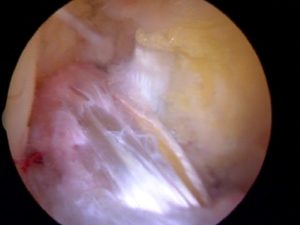
Yet another paper was recently published in the American Journal of Sports Medicine which compared the survivorship of a hamstring autograft versus a common allograft (tibialis posterior). This study was performed by the Armed Services. So these tend to be young, healthy and active people. The mean age was 29 and the follow up period was 10 years, which is quite long in this area of study.
The results of this research showed that people who had ACL surgery with a hamstring ACL graft from their own body had an 8% failure rate at 10 year follow up. In stark contrast, the group that underwent an ACL reconstruction with a cadaver (Allograft) ACL graft had a failure rate of 26%. So, you have a 4 fold increased risk of graft failure using an allograft in young, healthy active individuals.
Allograft use for ACL reconstruction led to a 26% failure rate…
In this video, Dr Jeff Berg and I discuss your ACL graft options:
Which ACL Graft Choice Is Best For You
There are reasons to use each of the ACL graft choice options you have.
- a 50 something tennis player with an unstable knee may do very well with a cadaver ACL graft.
- a competitive contact youth athlete will likely be given a patella tendon ACL graft, but should not receive an allograft.
- a competitive soccer player who requires quickness may also choose to use a patella tendon graft to minimize the risk of weakness sometimes associated with a hamstring ACL autograft. A single, quadrupled hamstring may be a good choice too… but can still lead to a little weakness.
- Hamstring autografts, especially if only one hamstring tendon is used can be a very effective graft for many athletes. Weakness in the hamstring muscles after ACL surgery is more likely to happen if both hamstring tendons are taken.
- The quadriceps tendon is gaining attention as a good graft option in primary and revision ACL surgery.
The proper ACL graft choice for you will depend on many variables. You should be prepared to review these choices with your surgeon. Understand why they are recommending one ACL graft choice versus another.
Do you have questions regarding an Orthopedic injury or longevity?
Do you want to talk to an expert who can listen to you for 45-60 minutes and explain the options in detail?
Dr. Howard Luks offers remote guidance sessions to review your X-ray or MRI images and explain your options.
Dr. Luks has also received hundreds of requests for educational sessions on the topics discussed in his book, Longevity Simplified.
There are many Orthopedists out there who are still fighting this (allograft) downward trend and continue to use allograft in young, high demand individuals. They claim that if the grafts are not radiated (for sterility) then they should be strong and “do fine”. Well… this paper used grafts which were not radiated at all. Not even low dose. So, the arguments and proof against the use of allograft in young active people continues to pile up, and the arguments used by those who continue to use allograft are getting picked off one by one.
Bottom line… if you or your child are a young, high demand individual who is active in sports with cutting, pivoting and twisting, the use of allograft should be questioned. Seek many opinions if necessary.

